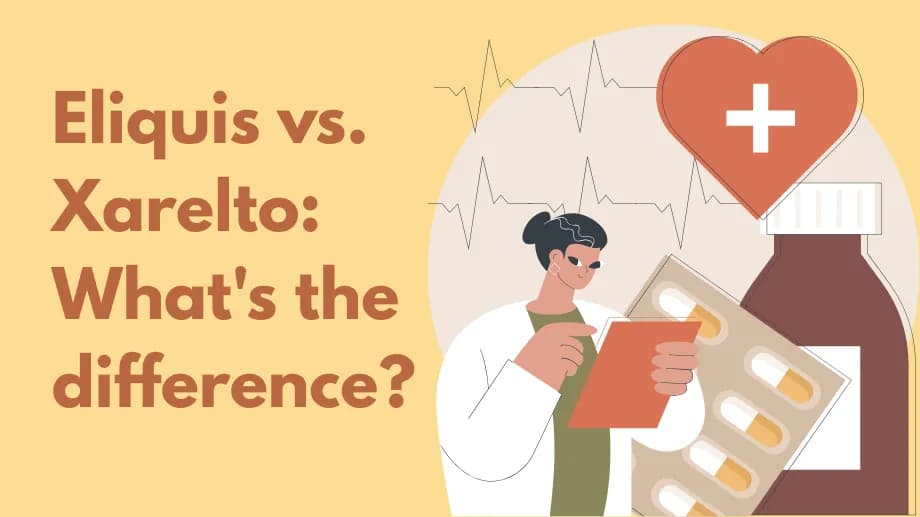What is a stroke?
A stroke occurs when the blood supply to part of the brain is blocked or reduced, depriving brain tissue of oxygen and nutrients. Brain cells begin to die within minutes. Prompt treatment is critical to minimize brain damage and improve outcomes.
Types of stroke
-
Ischemic stroke
Occurs when a blood clot blocks an artery supplying the brain, accounting for about 87% of strokes.
-
Hemorrhagic stroke
Results from a burst blood vessel in or around the brain, causing bleeding and increased pressure on brain tissue.
-
Transient ischemic attack (TIA)
Also called a mini-stroke, involves temporary blockage with stroke-like symptoms that resolve without permanent damage.
What causes a stroke?
Ischemic stroke causes
- Atherosclerosis narrowing cerebral arteries
- Embolism from the heart (atrial fibrillation, heart valve disease)
- Blood clots forming in neck or brain vessels
Hemorrhagic stroke causes
- High blood pressure weakening vessel walls
- Aneurysms or arteriovenous malformations
- Head injury or trauma
- Anticoagulant medications increasing bleeding risk
Risk factors
- High blood pressure, high cholesterol, diabetes
- Heart disease and atrial fibrillation
- Smoking, heavy alcohol use, illegal drug use
- Age, family history, previous TIA or stroke
- Obesity, physical inactivity, unhealthy diet
What are the symptoms of a stroke?
The acronym FAST helps recognize common stroke signs:
- Face drooping on one side
- Arm weakness or numbness
- Speech difficulty or slurred speech
- Time to call emergency services
Other sudden symptoms may include:
- One-sided numbness or weakness in face, arm, or leg
- Confusion or trouble understanding speech
- Vision problems in one or both eyes
- Difficulty walking, dizziness, loss of balance
- Severe unexplained headache
- Difficulty swallowing
How is a stroke diagnosed?
Initial assessment
- Medical history and symptom review
- Physical and neurological examination
Imaging tests
- CT scan to detect bleeding or blockages
- MRI for detailed brain images and small infarcts
- Carotid ultrasound to check neck artery blockages
- Cerebral angiography to map brain blood vessels
Additional tests
- Echocardiogram to find heart sources of clots
- Blood tests for clotting, infections, and risk factors
- Electrocardiogram (ECG) to detect heart rhythm problems
How is a stroke treated?
Ischemic stroke treatment
- Intravenous thrombolytics (tPA) to dissolve clots
- Endovascular thrombectomy to remove large clots
- Carotid endarterectomy or stenting to prevent recurrence
- Antiplatelet and anticoagulant medications
- Statins to control cholesterol
Hemorrhagic stroke treatment
- Medications to control blood pressure and brain pressure
- Surgical clipping or coiling of aneurysms
- Removal of accumulated blood (craniotomy)
- Reversal of blood thinners if applicable
Rehabilitation and long-term care
- Physical therapy for strength and mobility
- Occupational therapy for daily living skills
- Speech and language therapy for communication
- Cognitive therapy for memory and problem-solving
- Emotional support and counseling
Sources
- National Heart, Lung, and Blood Institute. Stroke. Accessed May 25, 2024.
- Centers for Disease Control and Prevention. About Stroke. Accessed May 25, 2024.
- American Stroke Association. Effects of Stroke. Accessed May 25, 2024.
- American Heart Association. Transient Ischemic Attack (TIA). Accessed May 25, 2024.
- StatPearls. Acute Stroke and Ischemic Stroke entries. Accessed May 25, 2024.





